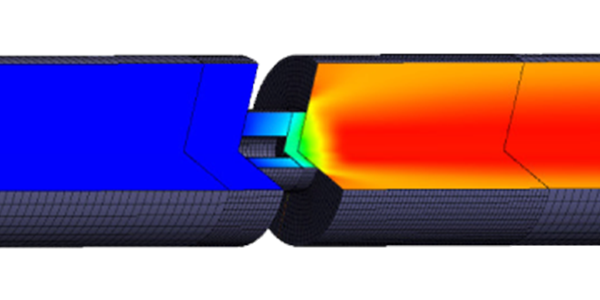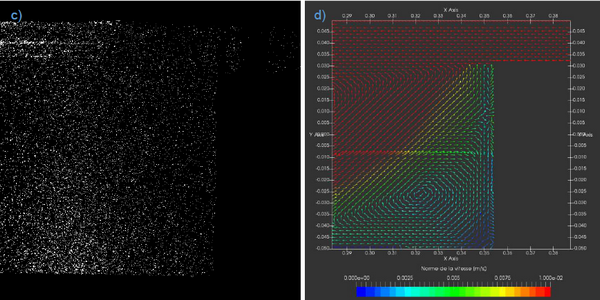CFD modelisation for the chemical and process industry
The use of Computational Fluid Dynamics (CFD) has become increasingly widespread in the chemical industry. The physical phenomena and types of flows involved in chemical processes are often complex. For example, one can encounter multiphase flows, involving chemical reactions as well as mass and heat transfer.
CFD simulation is an indispensable tool for optimizing chemical processes. It helps to reduce development costs, improve equipment performance, optimize heat and mass transfer, and increase safety while reducing and controlling environmental impacts. By integrating CFD into the design of reactors, equipment and plants, chemical industries can considerably improve their efficiency.
Some examples of CFD simulation applications in chemistry and processes are given here.




